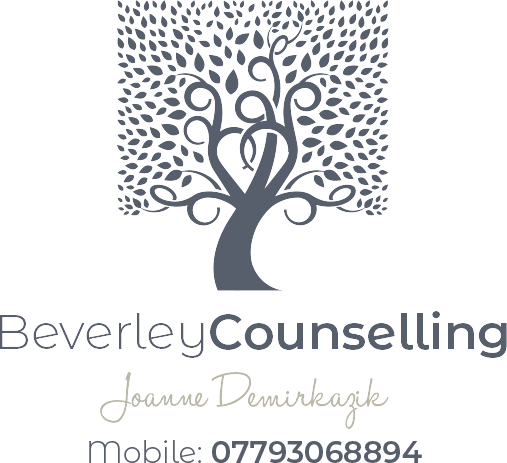
Trauma Treatment
Over the last few years I have been training and studying in different approaches to working with trauma. In particular, my interests lie with Dr Peter Levine’s Somatic Experience approach, and Lisa Schwartz’ Comprehensive resource model (CRM).
A traumatic event can be defined as when a person has experienced or witnessed an event or events that involve threat to life, or serious injury to self or others. It involves responses of fear, helplessness or horror (DSM-IV).
Emotional symptoms of traumatic stress are anxiety, panic attacks, rage outbursts, mania, hypervigilance, racing thoughts, worry, depression, dissociation, apathy, disconnection from others. Physical symptoms may be increased heart rate, difficulty breathing, cold sweats, tingling, muscular tension,chronic pain, inability to sleep or relax, low energy, exhaustion, numbness, poor immune system.
Somatic Experiencing (SE)
Dr Peter Levine is the developer of Somatic experiencing. This is a body oriented approach to the healing of trauma and other stress disorders. This is a very gentle therapy, tracking the sensations in your body, helping you to renegotiate your trauma, rather than relive it. Dr. Levine studied wild animals, observing that even though their lives are routinely threatened, they don’t suffer with post traumatic stress disorder (PTSD). They are able to release all the ‘fight and flight’ survival energy from their bodies, naturally and simply, when the threat is over. They then go on with their lives as if nothing has happened. Although human beings have a similar nervous system to wild animals, we do not easily discharge this energy from our bodies. In our modern-day sophisticated world, we tend to override our instinctual nature, and the energy can become trapped.
During an SE session I will support you in gently tracking sensations, images and feelings. We will pendulate between small amounts of activation and into resource which can bring about a sense of safety. This will help the stuck energy to be moved and released and bring about settling and integration.
SE has been shown to benefit individuals suffering from recognised trauma, such as:
a car accident, a fall, an attack, or medical procedure. SE can ease symptoms associated with developmental trauma, relational trauma and complex PTSD which stem from for example, a difficult birth, childhood neglect and abuse.
SE has been shown to help regulate the nervous system after the
loss of a loved one, divorce, natural disasters such as floods and earthquakes.
Comprehensive Resource Model (CRM)
Lisa Schwartz is a psychologist who developed the Comprehensive resource model (CRM) She aimed to find a way of working with trauma that meant the client was heavily resourced which would be highly effective rather than re-traumatising. The client could stay connected to their body while accessing what was blocked. Through high levels of resourcing the client is able to work through their trauma while remaining fully present. Resourcing is done through careful attunement between therapist and client, breathing skills and safe place exercises. Once these are in place, a grid is built where the client can feel solid, centred and grounded. The client is able to process their trauma and feel a release. The intention is for clients to have a new sense of empowerment, and an ability to self regulate.
I work with both these approaches and integrate them into my work to attempt to give the best outcomes. They can also be worked with as stand alone models.
